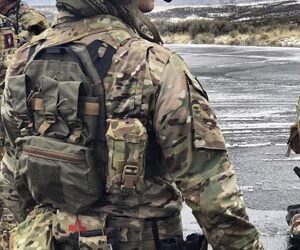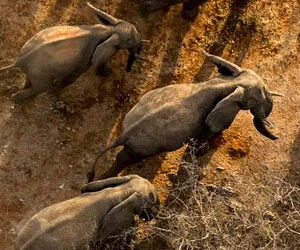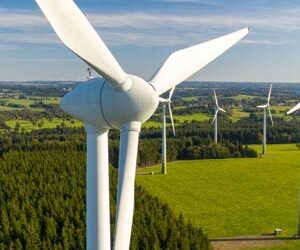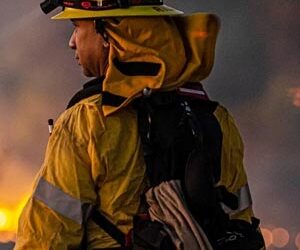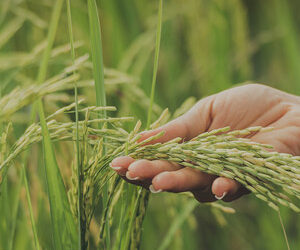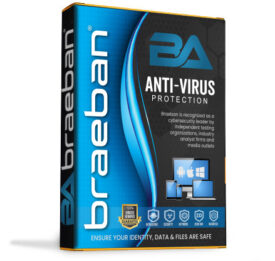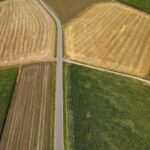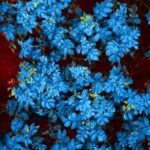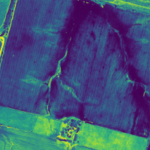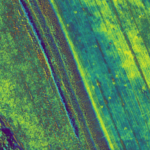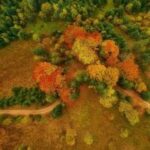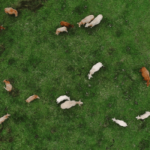Smart farming using drones
Smart farming is changing the old ways of taking care of your fields and cattle in the agricultural sector. Aerial data is the pushing force of this change.
By inspecting their fields from above, farmers and agronomists can now gain situational awareness with unmatched detail. With the right tools, they get overviews of their fields, forests, or cattle and collect data much more efficiently than with traditional methods.
Gathering and analyzing data influences decision-making and improves yield. These processes are now as accurate and efficient as ever due to better software, sensors, and drones.
Main applications of drones in smart farming
With the help of an unmanned aerial vehicle (UAV), any area can be represented in maps for pest and weed monitoring, vegetation mapping, irrigation, and soil erosion management. The drone-made maps help keep track of the health of your plants and animals and display changes or dangers before they get out of control.
BRAEBAN AERONAUTICS
Acquiring aerial data using drones
HOW WE DELIVER
LET US SHOW YOU HOW BRAEBAN CAN MAKE A DIFFERENCE
To find out how Braeban Aeronautics can assist with your specific requirements, contact us for a confidential discussion.
SEND US A MESSAGE
CONTACT INFORMATION
Do you have questions about how Braeban can help your company? Send us an email and we’ll get in touch shortly.


